#Buddhist masters
Explore tagged Tumblr posts
Text
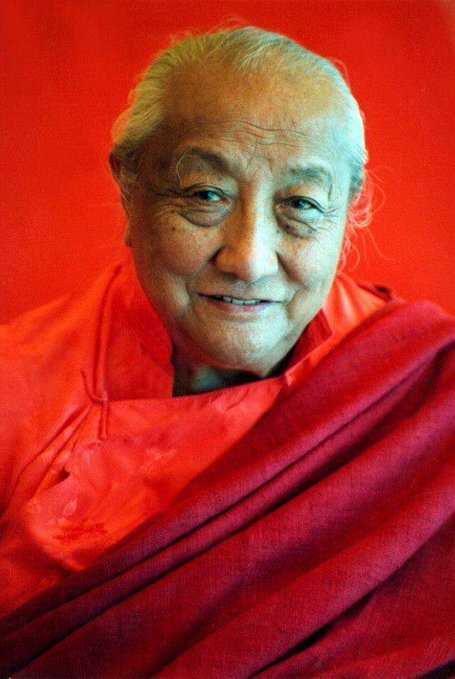
Whatever problems there are in the world, Are created by the afflictions in our own minds. A mistaken attitude is a cause for the kleshas (mental states that cloud the mind and manifest in negative karmas), Yet the pattern of our thoughts can be refined. As we have seen, the very root of samsara is the concept of self and our habit of clinging to our identification with an “ego.”
~ Kyabje Dilgo Khyentse Rinpoche
#buddhism#buddhism quotes#tibetan buddhism#spirituality#compassion#Tibetan Buddhism#Dilgo Rinpoche#Tibet#Buddhist Masters
4 notes
·
View notes
Text
Tantra: Tilopa’s Song of Mahamudra
Explore the profound world of Tantra and the teachings of Tilopa, an Indian Buddhist monk in the tantric Kagyu lineage of Tibetan Buddhism. Delve into the essence of Mahamudra, a set of spiritual practices that accelerate the path to Buddhahood.
Tantra The Supreme Understanding Tantra: The Supreme Understanding Introduction Tilopa’s Song of Mahamudra A deep and insightful look into the underlying ideas of Tantra. Walking the road to enlightenment by embodying the full acceptance of all that is. A commentary on Tilopa’s marvelous song. Tilopa, was an Indian Buddhist monk in the tantric Kagyu lineage of Tibetan Buddhism. He…
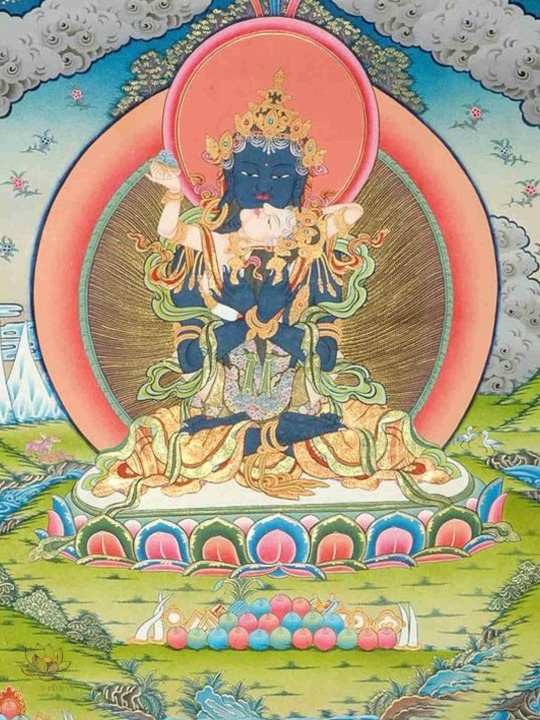
View On WordPress
#6 Yogas of Naropa#Anuttarayoga Tantra#Buddhahood#Buddhist masters#Compassion#Divine Feminine#Essence of teachings#Ganges river#Guru yoga#Kagyu lineage#Mahamudra#Mahamudra Song#Marpa Lotsawa#Naropa#Primordial Buddha#Supreme Understanding#Tantra#tantric buddhist#Tibet#tibetan buddhism#tilopa#Vajradhara#Wisdom#Yogi Milarepa
1 note
·
View note
Text
Buddhist Deities Exiled From the Western Heaven
My new article examines the reasons why three Buddhist deities from Ming-Qing vernacular Chinese literature are exiled from the Western Heaven.
Master Golden Cicada (Jinchan zi, 金蟬子) (a.k.a. Tripitaka, Tang Sanzang, 唐三藏) from Journey to the West (Xiyouji, 西遊記, 1592) - a Buddha disciple who is caught sleeping during the Tathagata's sermon.
Miao Jixiang (妙吉祥) from Journey to the South (Nanyouji, 南遊記, c. 1570s-1580s) - A Buddha disciple who kills a belligerent sage on the grounds of the Thunderclap Monastery.
Great Peng, the Golden-Winged King of Illumination (Dapeng jinchi mingwang, 大鵬金翅明王) from The Complete Vernacular Biography of Yue Fei (Shuo Yue quanzhuan, 說岳全傳, 1684) - An avian dharma protector who kills a stellar-spirit for farting during the Tathagata's lecture.
The article analyzes them together and notes parallels, even with concepts from Greek philosophy.
The motif might serve as a good idea for writers wanting to create an OC with an interesting backstory. I have, for example, previously used it to suggest a fictional origin for Sun Wukong as a hot-tempered Bodhisattva (see the 06-16-23 update here).
#Buddhist deities#Chinese fiction#Master Golden Cicada#Golden Cicada Elder#Journey to the West#JTTW#Miao Jixiang#Journey to the South#JTTS#Great Peng#Great Roc#Yue Fei#story idea#story motif
49 notes
·
View notes
Text

Love at first sight (taste?)
#it's the buddhist monk attire i love....he's also bald and i. like bald men#the tale of food#tale of food#rkgk#hu-geng#dinghu's veggie#the names... are very funny#master of kongsang#comic
173 notes
·
View notes
Text

Wild Woman riding a Unicorn, 1475 by a German artist known as Master of the Amsterdam Cabinet
* * * *
So What Is the Take-Away Point About the Unicorn?
Everyone wants to use happiness as a fix for problems, yet happiness is its own, very big thing, and it is selling happiness short to make it a fix for problems. To be happy is to experience life not as a series of struggles but as a gift, one that has no known limit. This doesn’t mean ignoring your difficulties: it means not assuming that they are what you think they are. If you throw away everything you believe about your difficulties you will notice that many of them disappear and the rest become interesting.
When you get the hang of being more interested in life than in agreeing with your thoughts, then you will get the life you get. And you will be able to have as much happiness as you want with almost no effort whatsoever. When you stop believing your thoughts, you look around just for you, just because it is interesting to look around. Some people call that enlightenment. But you won’t call it that. You’ll be too interested in the new view. And you’ll notice that wherever you look there will be nothing but those damned unicorns.
– John Tarrant
Note: This article was first published under the title, The Paradox of Happiness, in Shambhala Sun, January 2004.
#women#woman#Wild woman#Master of the Amsterdam Cabinet#happiness#unicorn#John tarrant#Shambhala Sun#buddhist#Buddha#enlightenment#interested in life
19 notes
·
View notes
Text
Book of the Day - Why We Meditate
Today’s Book of the Day is Why We Meditate, written by Daniel Goleman and Tsoknyi Rinpoche in 2022 and published by Penguin Books. Daniel Goleman is one of the most relevant authors, psychologists, and science journalists of our age, having introduced the concept of Emotional Intelligence to the world in 1995. He was a science reporter for The New York Times, was twice nominated for the Pulitzer…

View On WordPress
#Book#book recommendation#book review#bookstagram#booktok#Buddhism#Buddhist Master#Business#clarity#compassion#Daniel Goleman#healing#meditation#mindfulness#Raffaello Palandri#self improvement#Tsoknyi Rinpoche#Why We Meditate
41 notes
·
View notes
Text
now that i've turned thai drama into my bachelor thesis, the only question left is: how to turn thai drama into my master's thesis
#i have about 2 years to figure this out#it's gotta be something that i can do with whatever skill level i'm at with my thai once i get there#not just the skill level but also my cultural knowledge#i'm one semester into my master's and i've already decided on a supervisor for my thesis fkfjfjf#and he even said he'd let me do this SO!!#airenyah plappert#alternatively a different idea i had was to do a translation analysis of pjo#since i have 3 different translations of the og series at home (german italian and norwegian)#i think thai would be fun tho bc i don't think the thai language is something that gets researched a lot here#we don't even have thai studies as it's own subject to study#(there's korean studies and japanese studies and chinese studies)#(there's also one major called 'south asian tibetology and buddhist studies' but they have no thai unfortunately)#(i was still thinking of doing that as a 2nd subject tho bc i'd get to learn more about buddhism which i know nothing about)#(and also they do sanskrit which could also be suuuper interesting)#(also i have so many indian mutuals and i thought it might be fun to learn about indian culture)#(and then discuss it with the mutuals and learn even more djcjjcf)#(let's see if i can manage to schedule it hfhfhc)#(bc i've also been thinking of doing theater film and media studies as a 2nd major)#(i have too many things i'm interested in send help)
5 notes
·
View notes
Text
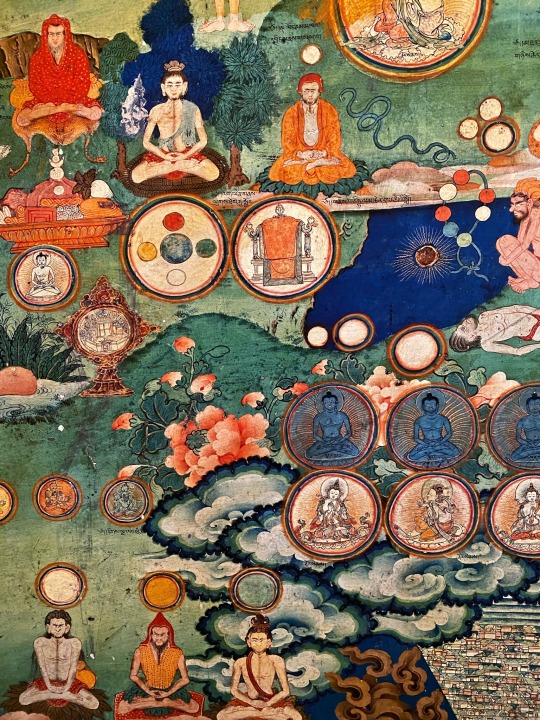
The Rubin Museum
#nyctrip#the rubin museum#himalayan art#detail of mural depicting the teachings of Buddhist master Pema Lingpa (1450 - 1521)#tibetan art#indian art
9 notes
·
View notes
Text
I was just given the opportunity to reaffirm my apostasy right on Good Friday and I'm relishing it.
#context: Master Renshan of Zhenning Buddhist Monastery is holding a digital 3 refuges and 5 precepts ceremony#which makes conversion to Buddhism official#I have taken the ceremony once before and have even got my Buddhist name but I had been wanting to take it again for personal reasons#so the fact the next one ended up being on Good Friday of all days is just perfect for me#it's at 5 in the morning though which is a bitch ugh
2 notes
·
View notes
Text
Morning Meditaton — Do you want to know Manjusri?
Morning Meditaton — Do you want to know Manjusri? https://wp.me/pFy3u-8l0
‘Do you want to know Manjusri? He is here right before your eyes functioning ceaselessly without change, This is the living Manjusri.’ Zen Master Rinzai Clouds above the trees. On our Twitter account, Buddhism Now @Buddhism_Now, most mornings we post a ‘morning meditation’ like the one above. On the net, of course, it’s morning, afternoon, evening, or nighttime 😀 somewhere. Click here to…

View On WordPress
2 notes
·
View notes
Video
youtube
Just a chill Buddhist mantra to heal all of your ills 🙏
7 notes
·
View notes
Text

The Flower Sermon: The Moment Zen Was Born ☸️
One morning, Shakyamuni Buddha gathered His disciples for a discourse, but instead of speaking, He simply held up a single flower. The disciples looked at Him, puzzled, wondering what lesson He was trying to convey. But one disciple, Mahakashyapa, looked at the flower and smiled. In that moment, Shakyamuni Buddha saw his understanding and said, “I have the Treasure of True Wisdom, and I give it to Mahakashyapa.”
This silent gesture became known as The Flower Sermon, and it was immensely important for one reason: it showed that True Wisdom can be beyond words.
Sometimes, a simple smile or a glance at a flower is enough to see Reality as it is. This is the essence of Tathata - or “Suchness” - The Truth of Things just as they are, without labels, judgments, or concepts.
In Mahakashyapa’s smile, he grasped this “Suchness.” This wisdom couldn’t be captured in words; it was something to be directly felt and experienced. That smile became the origin of Zen Buddhism, a path that teaches us to see things clearly, without clinging to ideas or theories.
Shakyamuni Buddha's Silent Message via the Flower was a Direct Transmission, heart to heart, showing that Wisdom is something we feel deeply, not something we need to say.
The Flower Sermon reminds us that Silence is the truest expression of Wisdom. Instead of searching endlessly for answers, perhaps we only need to look at the world around us, quietly and fully, to find the understanding we seek.
🙏🙏🙏
#buddhism#buddha#buddhist#compassion#meditation#mindfulness#spirituality#buddhist masters#mindful living
0 notes
Text
Exploring Buddhist Studies: Pursue A Fulfilling Academic Journey At Somaiya
The teachings of Buddhism offer timeless wisdom and profound insights into life, spirituality, and mindfulness. For those inspired by this ancient philosophy, pursuing a Buddhist Studies MA can be a transformative academic journey. Somaiya Vidyavihar University, one of India’s premier institutions, provides a robust platform for students to delve deep into Buddhist thought, culture, and history.
Why Choose A Master In Buddhist Studies?
A Masters in Buddhist Studies in India offers a comprehensive understanding of Buddhist philosophy, history, and its relevance in the modern world. Students explore core concepts such as the Four Noble Truths, the Eightfold Path and the diverse schools of Buddhist thought. The program also emphasizes research, critical analysis, and cross-cultural perspectives, making it ideal for academics, spiritual practitioners, or those pursuing careers in education, culture, and global relations.
India, the birthplace of Buddhism, provides a unique backdrop for studying this rich tradition. From ancient sites like Bodh Gaya to vibrant Buddhist communities, students gain an immersive learning experience unparalleled anywhere else.
Study Buddhism At Somaiya Vidyavihar University
Somaiya Vidyavihar University offers an enriching Buddhist Studies MA program designed to foster a deep understanding of Buddhist teachings and their practical applications in the contemporary world. This course is part of the university’s commitment to providing a diverse range of programs that blend academic rigor with cultural enrichment.
Highlights of the Programme at Somaiya:
Comprehensive Curriculum: The program covers various aspects of Buddhist philosophy, art, and literature, along with courses on meditation and mindfulness practices.
Experienced Faculty: Learn from scholars and practitioners who bring knowledge and real-world insights.
Research Opportunities: Students are encouraged to engage in research projects that explore Buddhism’s historical and modern relevance.
Field Visits: The program includes visits to significant Buddhist heritage sites, offering hands-on learning experiences.
Global Recognition: Somaiya’s programs are respected globally, providing graduates with excellent academic and professional opportunities.
Why Study Buddhism?
To study Buddhism is to embark on a journey of self-discovery and intellectual growth. This discipline teaches critical thinking, compassion, and mindfulness, equipping students with tools to address life’s challenges. It also offers insights into ethics, sustainable living, and intercultural understanding, skills highly valued in today’s interconnected world.
Whether your goal is to contribute to academia, support cultural preservation, or deepen your practice, a degree in Buddhist studies provides a solid foundation.
Career Opportunities
Graduates of the Masters in Buddhist Studies in India can pursue diverse career paths, including:
Academia and Research: Becoming scholars or educators in religious studies, history, or philosophy.
Cultural Preservation: Working with museums, archives, or heritage organizations to conserve Buddhist art and artifacts.
Mindfulness and Therapy: Applying Buddhist principles in mental health, wellness, and corporate training programs.
Global Relations: Joining international organizations focused on cultural exchange and religious dialogue.
Conclusion
Somaiya Vidyavihar University is a beacon for those passionate about understanding and preserving Buddhist teachings. By offering a comprehensive Buddhist Studies MA, it empowers students to explore Buddhism in all its facets. Whether you aim to study Buddhism for academic pursuits or personal growth, Somaiya provides the resources, expertise, and inspiration to make your journey rewarding. Enroll today and become a part of a tradition that continues to enlighten millions across the globe.
#Masters in Buddhist Studies in India#Buddhist Studies MA#study Buddhism#Somaiya Vidyavihar University
0 notes
Text



Massed Prayer for Florian and Juliana go to Pasio
#pokemon scarlet and violet#pokemon#pokemon sv#pokemon trainer#trainer florian#trainer juliana#pokemon masters#pokemon masters ex#pokemas#prayer#praying#buddhism#buddhist#bhutan#pasio#pasio region#chod#chod practice#nintendo#dena
1 note
·
View note
Text
On Teachers, Maturation, and Debt
It’s a sad fact
that so few teachers
ever come to know their reach
or to see the maturation of their work;
they give of themselves
in service of a vision
known only to hope
to trust and to need;
perhaps they too recall
coming up short
and lately getting it together
thereby fueling their resolve;
how else could such a mission
of endless sewing without harvest
ever come into being
but by gratitude by knowing and debt?
~Sunyananda

#zen#buddhism#buddha#buddhist#dharma#enlightenment#sangha#awakening#nirvana#spirituality#teacher#student#disciple#master#maturity#maturation#debt#poem#poetry#poet
0 notes
Text

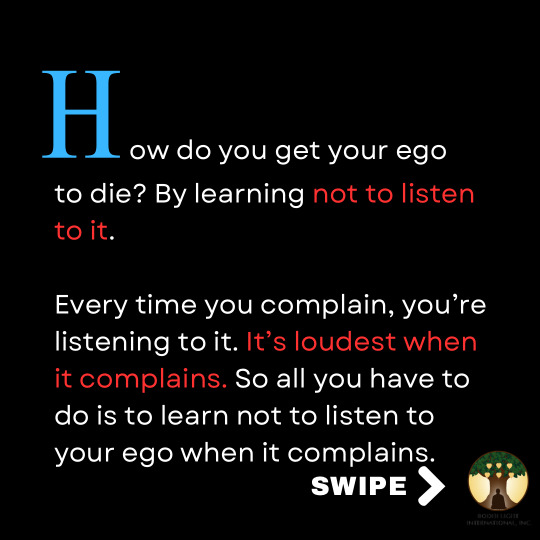
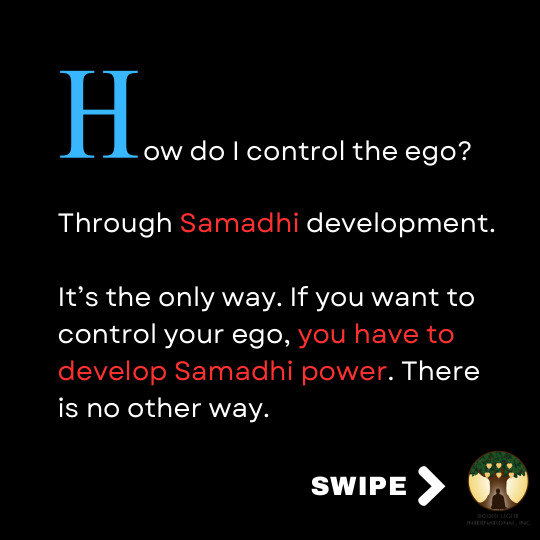


How to kill the ego from a Buddhist perspective? Important spiritual life lesson for all spiritual practitioners. Buddhist teaching by Master Yong Hua.
If interested, please search up '6) Vajra Sutra 2011.10.29' on Master Yong Hua's YouTube channel.
#buddha#buddhism#buddhist#master Yong Hua#meditation#meditate#ego#arrogant#compassion#shakyamuni buddha#amitabha#guanyin#quoteoftheday#quotes#life quote#beautiful quote#spiritualgrowth#spiritual awakening#spirituality#spiritual awareness#spiritual knowledge
0 notes